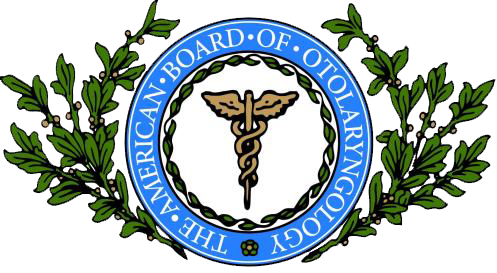
Congenital & Acquired Neck Masses
Congenital & Acquired Neck Masses – About
A neck mass is a lump or swelling in the neck that can be large and visible or very small. Neck masses are very common in infants and children. Some neck masses are present from birth (congenital neck masses) and can be due from abnormal formation during embryonic development.
Many neck masses become visible when the child has an upper respiratory infection like cold or sinus infection. Some are not found until they become enlarged and painful from infection.
Congenital & Acquired Neck Masses – Diagnosis
Causes of neck masses include:
- Thyroglossal duct cyst. This is the most common type of congenital (present from birth) neck mass and goes undetected until it becomes swollen and infected. It is a small pocket of fluid or mucus in the neck.
- Branchial cleft cyst. This occurs when tissues in the neck and collarbone area (branchial cleft) fail to develop normally. This may appear as open spaces called cleft sinuses, which may develop on one or both sides of the neck. A branchial cleft cyst may form from fluid drained from a sinus. The cyst or sinus can become infected.
- Dermoid cyst. A dermoid cyst is a pocket or cavity under the skin that contains tissues normally present in the outer layers of the skin. The pocket forms a mass that is sometimes visible at birth or in early infancy but often is not seen until years later.
- Inflammatory lymphadenitis. Lymphadenitis occurs when the glands in the neck become enlarged by swelling (inflammation), often in response to a bacterial or viral illness.
- Sternocleidomastoid tumor of infancy. This is the most common neck mass of infants and usually occurs at 2 to 4 weeks of age. This is a benign lesion of the cells inside the sternocleidomastoid muscle (SCM).
- A salivary gland infection. This is an infection causing the salivary glands to become inflamed.
- Benign tumor. This is a noncancerous growth that cannot spread to other parts of the body.
In rare cases, neck masses are caused by:
- Lymphoma. Lymphoma refers to cancers of the lymph system, which is made up of vessels throughout the body that carry lymph (the colorless fluid from body tissue); organs such as lymph nodes, the spleen and the thymus which produce and store infection-fighting cells; the tonsils, stomach, small intestine and skin.
- Rhabdomyosarcoma. This is cancer of the voluntary muscle in a certain part of the body the body.
- Thyroid nodules. These nodules cause lumps or swelling in the thyroid gland at the base of the neck.
- Thyroid cancer. This is when abnormal cells are growing in the thyroid gland.
Your doctor will conduct a health history and physical exam. In diagnosing your mass, your doctor will consider:
- Your age
- How long the mass has been present
- Whether you have recently been ill, had a recent infection or was bitten by an animal
- Whether there is a family history of neck masses
During the physical exam, your doctor will also feel the mass on the neck and check it for movement, swelling, redness, warmth, tenderness, draining or fluid.
Further tests may be needed to completely diagnose the type of neck mass and whether other tissues and structures in the neck are involved.
Congenital & Acquired Neck Masses – Treatment
Neck masses can be benign or malignant. Cancerous neck masses are rare in young infants and children, but occasionally a mass is diagnosed as a cancerous tumor.
Treating neck masses depends on the type of mass and whether there is infection. Often, surgical removal of the mass is needed.

Conditions Treated
Follow us


Your Health Starts Here
"*" indicates required fields
